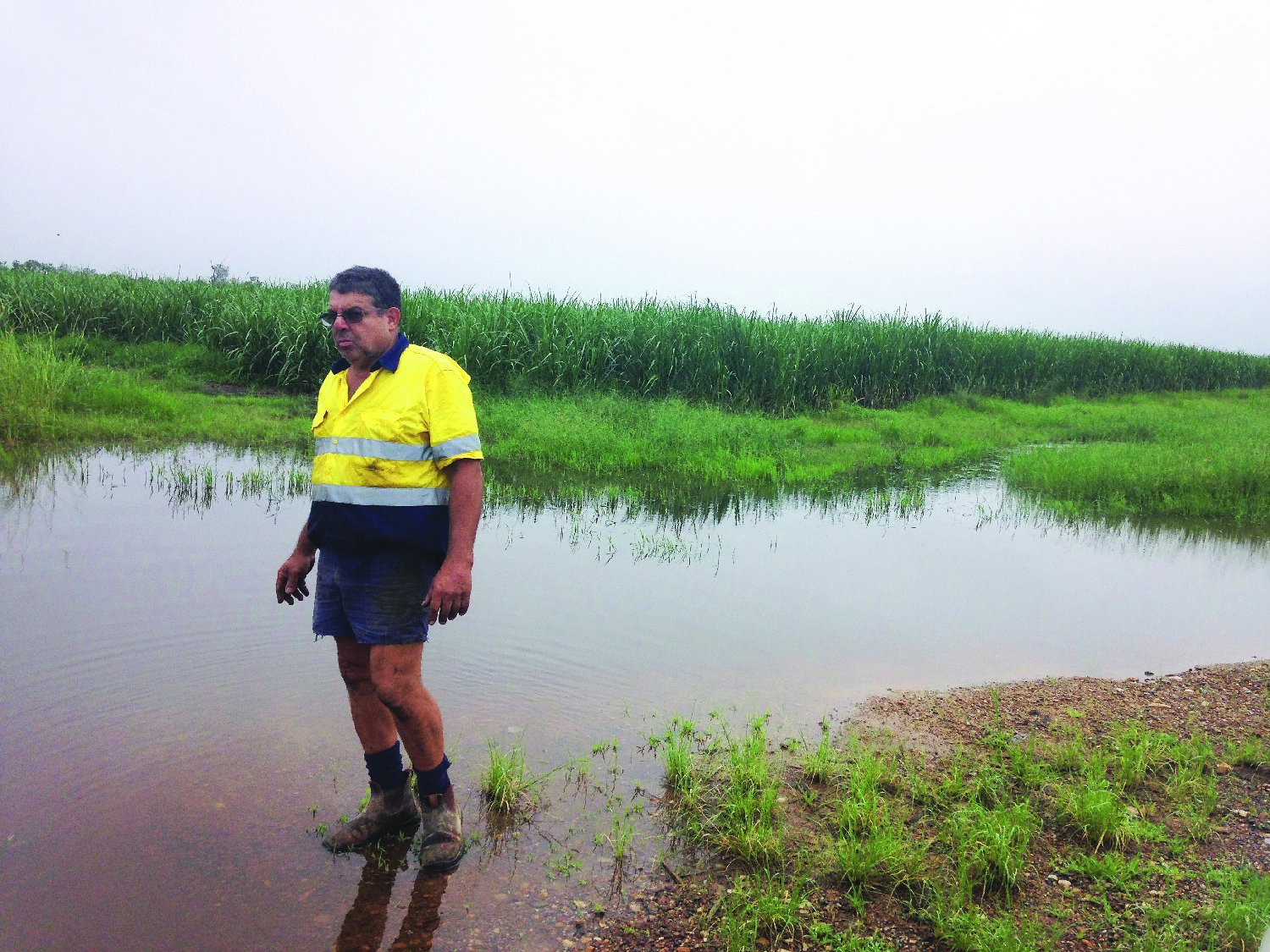


It’s not normal to drive across the region at this time of year and see dormant mills in what should be the thick of the crush.
It’s certainly no secret that areas across Mackay and Plane Creek received totals up to 200mm in rainfall in the first two weeks of July, halting crushing at Plane Creek, Farleigh, Marian and Racecourse Mills for between seven and 14 days.
Plane Creek area was hit hardest, with low bagasse (mill fuel) stockpiles and boggy paddocks meaning that the mill needed to be very certain of a continuous cane supply before re-firing the boilers. This issue has arisen from the slow finish to the 2021 crush compounded by a slow start to this year’s crush, with Plane Creek Mill operating on low crush rates, giving them a negative position on their bagasse make.
Rain during the crush presents a few challenges for growers.
For a start, boggy paddocks mean there is a substantial casual harvest workforce left without sufficient work. Work might be able to be found in the sheds and around farms for a short while, but there is a limit to what can be done to support and retain that workforce we’ve worked so hard to attract.
To avoid the drama of bogging, there is then also additional labour switching to high flotation wet weather gear on tractors and harvesters. This will go on for a couple of weeks even when the paddocks have dried out just enough to harvest. Heavy machinery on wet soil can compact it, so growers will be doing what they can to fix that and retain soil health.
A sense of urgency is now upon us, to make the best of the remaining available crushing time. Thus far, we have only harvested around 10 per cent of the crop where in a normal year we should be looking at the very least 35 per cent. In a worst-case scenario, growers can let cane stand over to the next year: it’s a resilient crop. However, this is always an unknown as to how that will turn out, because you can’t be sure of the quality. There is every chance that sugar content (CCS) will be well below average.
With rain, cane switches from sugar creating mode to growth mode, which is beneficial in producing a bigger crop. On the flip side we really need to see that fine cool weather dominate from here on in to really bring the CCS up so that growers can make the most of what is a record year for world sugar prices.
Many growers will remember the very wet years of 1998 and, particularly, 2010. In 2010, where heavy rain dogged harvesting from August on, growers who had a lot of commitments in forward pricing had to "payback" money. Whilst this situation is still a long way off this year, the memory still resonates in growers’ minds when we experience wet conditions at this time of year.
The rain also means the crush will now definitely extend well into the heat of December. There is scientific evidence that a long crush going well into December also impacts the longer-term profitability of cane farming, because it reduces the next year’s crop. You can’t control the weather, only work with it, but current circumstances once again raise the issue of the importance of mills doing everything they canto improve mill performance to shorten the crush season and hedge against the perils of climate impacts and anomalies like unseasonably wet tropical winters.
But here’s something of an optimistic outlook: crop estimates have increased by upwards of 10 per cent - and rising - on original expectations for this year’s harvest, so here’s hoping for good outcomes from weather and mill performance for the rest of the 2022 crush.
There are boggy conditions around cane in many paddocks across the district. Pictures: Contributed